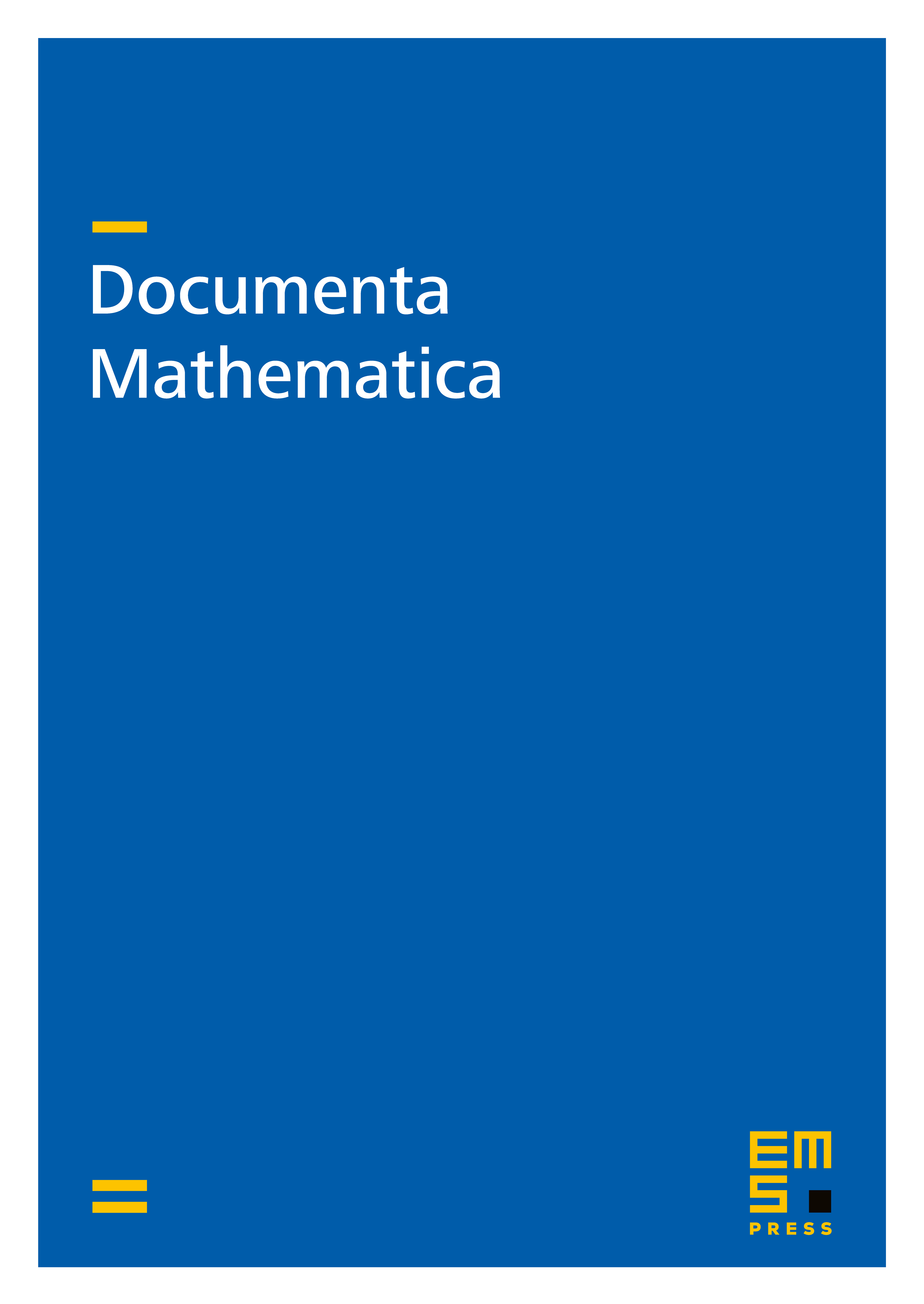Action of the Mapping Class Group on Character Varieties and Higgs Bundles
Graeme Wilkin
Department of Mathematics, University of York YO10 5DD, United KingdomOscar Garcia-Prada
Instituto de Ciencias Matemáticas, CSIC-UAM-UC3M-UCM, Nicolás Cabrera, 13-15, 28049 Madrid, Spain

Abstract
We consider the action of a finite subgroup of the mapping class group of an oriented compact surface of genus on the moduli space of representations of in a connected semisimple real Lie group . Kerckhoff's solution of the Nielsen realization problem ensures the existence of an element in the Teichmüller space of for which can be realised as a subgroup of the group of automorphisms of which are holomorphic or antiholomorphic. We identify the fixed points of the action of on in terms of -Higgs bundles on equipped with a certain twisted -equivariant structure, where the twisting involves abelian and non-abelian group cohomology simultaneously. These, in turn, correspond to certain representations of the orbifold fundamental group. When the kernel of the isotropy representation of the maximal compact subgroup of is trivial, the fixed points can be described in terms of familiar objects on , where is the maximal subgroup of consisting of holomorphic automorphisms of . If one obtains actual -equivariant -Higgs bundles on , which in turn correspond with parabolic Higgs bundles on (this generalizes work of Nasatyr & Steer for and Boden, Andersen & Grove and Furuta & Steer for . If on the other hand has antiholomorphic automorphisms, the objects on correspond with pseudoreal parabolic Higgs bundles. This is a generalization in the parabolic setup of the pseudoreal Higgs bundles studied by the first author in collaboration with Biswas & Hurtubise.
Cite this article
Graeme Wilkin, Oscar Garcia-Prada, Action of the Mapping Class Group on Character Varieties and Higgs Bundles. Doc. Math. 25 (2020), pp. 841–868
DOI 10.4171/DM/764